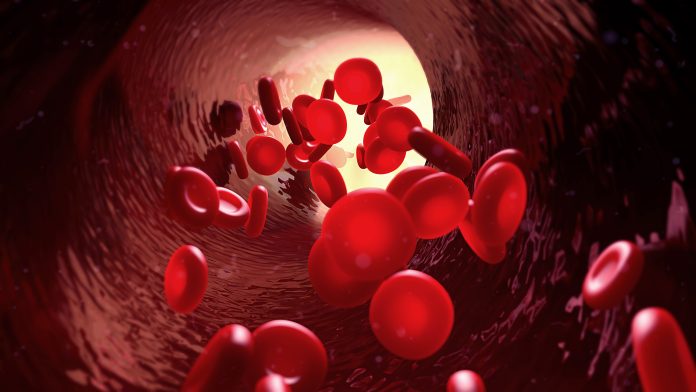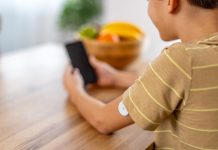Scientists at Harvard’s Wyss Institute for Biologically Inspired Engineering have made significant strides towards creating lab-grown human organs with functioning blood vessel networks
Published in Advanced Materials, their research introduces a new method known as coaxial sacrificial writing in functional tissue (co-SWIFT), which enables the 3D printing of intricate vascular networks inside human cardiac tissue.
Led by Jennifer Lewis, Sc.D., and her team, the breakthrough centres on a novel core-shell nozzle capable of independently controlling two fluid channels. This nozzle deposits “inks” made of collagen and gelatin to construct blood vessels with a unique double-layered architecture closely resembling natural blood vessels.
Creating functional blood vessels
The gelatin ink, acting as a sacrificial material, is later melted away, leaving behind hollow channels that facilitate fluid flow, critical for mimicking the perfusion of oxygen and nutrients vital for human tissue.
The researchers validated their approach by successfully printing branching vascular networks into transparent and biologically relevant matrices.
They showed the method’s versatility by infusing the vessel walls with smooth muscle cells and endothelial cells, essential components of blood vessels. After perfusion with a blood-mimicking fluid, these bioengineered vessels maintained their structural integrity and functionality, showcasing reduced permeability and responsiveness to cardiac drugs.
How does this work in the human body?
To push the boundaries further, the team integrated their vascular networks into tiny spheres of beating human heart cells, termed organ building blocks (OBBs).
This integration resulted in the synchronised beating of the OBBs after perfusion, a promising sign of functional heart tissue development in the lab setting. They successfully replicated a model of a patient’s left coronary artery, demonstrating potential applications for personalised medicine.
Commenting on the significance of their work, Donald Ingber, M.D., Ph.D., founding director of the Wyss Institute, emphasised the team’s dedication and creativity in advancing tissue engineering. He underscored the potential future impact of implantable lab-grown tissues on patient care, marking a pivotal step towards overcoming the longstanding challenges in organ transplantation.
The team aims to refine their technique by integrating self-assembled capillary networks into their 3D-printed blood vessel networks. This integration aims to better replicate the complex microstructure of human blood vessels, further improving the functionality and viability of lab-grown tissues.











